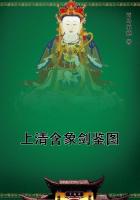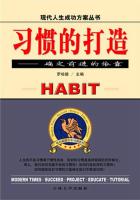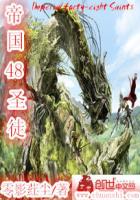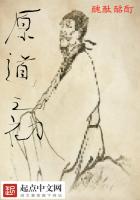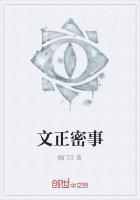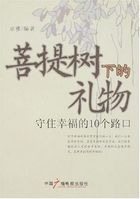It will be seen from the above that there is a great difference between what ACTUALLY transpired, at any given seance, and what the accounts SAY transpired. The general public cannot get that all-important fact too strongly rooted in its mind: that the events which transpired at a seance may not be reported accurately, so that the report of the seance may be altogether wrong and erroneous, though the sitters, and those who drew up the report, may have been thoroughly honest in their belief that the report is accurate in every respect. The effect of all this is very great indeed. Many spiritualistic seances are quite inexplicable AS DE-
SCRIBED, but the description is not a true report of what took place at the seance in question. The facts are distorted.
Consequently, the person taking it upon himself to explain what took place at the seance is called upon to explain a number of things which, in reality, never took place at all. We must remember, in this connection, that a number of conjuring tricks, AS
DESCRIBED, would be quite impossible to explain by any process of trickery. The description of the trick was not correct.
Let me make this still clearer, and at the same time illustrate the difference between what apparently occurs, and what actually happens, by the following example: A conjurer places a coin (say a quarter) in each hand, and closes his hands. Another quarter is now placed upon the fingers of each hand, so that there is now one quarter in each hand and one-quarter on the fingers of each. The magician announces that, by simply opening and closing his hands--which are held at some distance from each other--he will thereby transfer one of the coins from one hand to the other, so that there will be three coins in one of the hands, and only one left in the other.
Now, if the sitter were writing out an account of what happened, it would most certainly read as follows:
"The magician then tried the experiment--of opening and closing his hands rapidly, and causing the coin to be transferred, as promised--but failed in the attempt, the coins from the back of each hand falling on to the table in rather a clumsy manner. They were, however, again placed upon the backs of the magician's hands; the movement was repeated, and this time successfully. The coins disappeared from the backs of both hands, in one of which was now found three of the coins, while the other hand contained only one."
Such is precisely the description of the trick, as it would be given by the average person, on seeing it, and it would represent his honest opinion of what occurred; as it stands, it is quite inexplicable by trickery. Needless to say, the account is NOT a true statement of what actually occurred, as the following explanation will make clear:
The first time the coins were dropped on to the table, the movement was not so "clumsy" as might have been supposed. It was, in fact, intentional, being the principal factor in the accomplishment of the trick. What ACTUALLY transpired at that time was this: The magician, by a quick movement, dropped both coins from ONE hand on to the table, at the same time dexterously opening the other hand a trifle, and allowing the second coin, on that hand, to fall into the interior of the hand itself. Thus, while both hands are still seen to be closed, one is empty, and the other contains two coins.
It is obvious, therefore, that, when a coin is placed upon each of the hands again, the magician has only to repeat the opening and closing movement, and there will be three coins in one of the hands, and only one in the other.
This trick illustrates, in a very simple and striking manner, the possibility of reporting a fact in an entirely erroneous manner, quite unconscious of the fact that this error in reporting has been committed. Just in this same manner, are many slate-writing and other phenomena misreported, and hence an explanation of the seance, AS REPORTED, is rendered impossible. The trouble is that the "report" does not REALLY report what actually occurred.
. . . . .
Many of my readers may feel somewhat insulted at this accusation that they cannot detect such obvious trickery when it exists, and that they are liable to make such mistakes in recording a seance as those here mentioned. They may comfort themselves with the thought, however, that it is no disgrace to make mistakes and errors of this kind; for, as Professor Jastrow pointed out:[1]
[1] Fact and Fable in Psychology, p. 148.
"The matter is in some aspects as much a technical acquisition as in the diagnosticating of a disease. It is not at all to the discredit of anyone's powers of observation or intellectual acumen to be deceived by the performances of a conjurer; and the same holds true of the professional part of mediumistic phenomena.
Until this homely but salutary truth is impressed with all its importance upon all intending investigators, there is little hope of bringing about a proper attitude toward these and kindred phenomena."
These remarks will make it clear to us why many men of science have been deceived by very simple tricks and fraudulent devices, while investigating spiritualistic phenomena--their scientific culture is no guaranty that they are any more capable of detecting fraud than is the man-in-the-street--in fact their training has made them very much LESS capable of detecting fraud than the average person, who comes more in contact with the world, and is an acuter judge of character and human nature.

